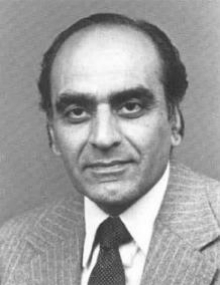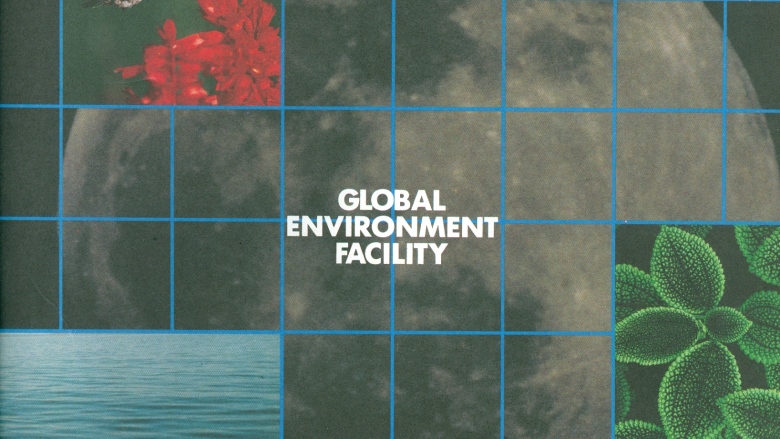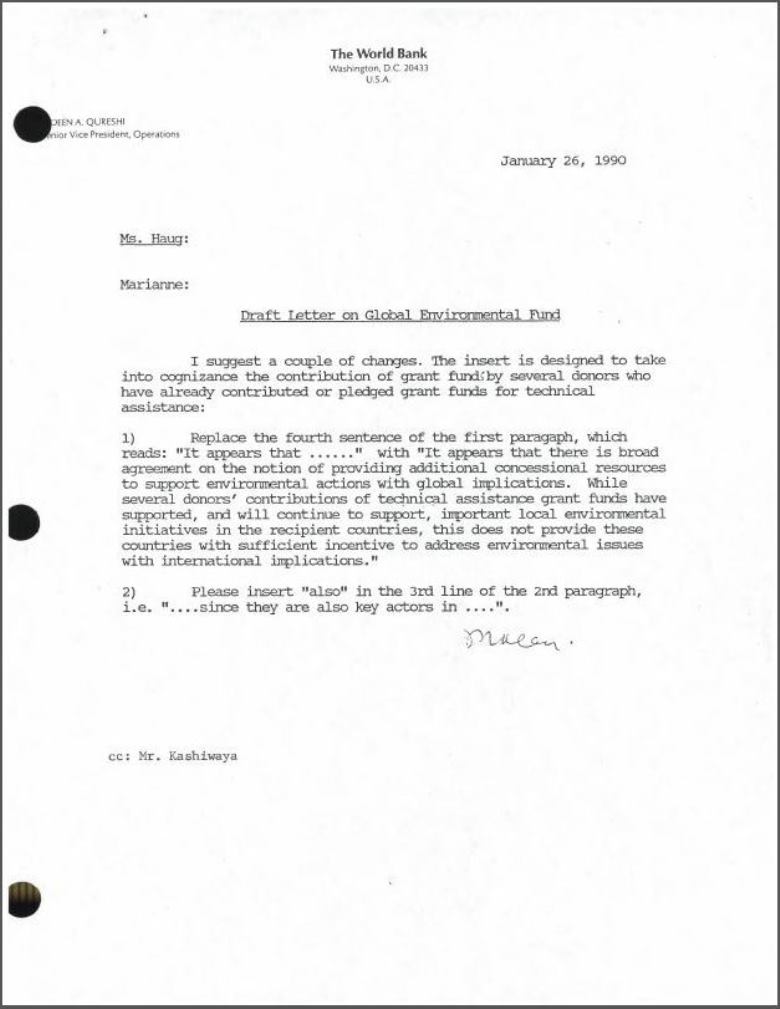On December 12th, 2015, delegates from 196 countries signed a historic global climate change agreement in Paris, France. The Global Environment Facility, or GEF, along with the Green Climate Fund (GCF), were named the financial mechanisms of the Paris agreement. That the GEF was given this role was no surprise: the GEF has been engaged in similar activities for more than twenty years.
Established in October 1991 as a pilot program within the World Bank Group, the GEF was designed to assist in the protection of the global environment and to promote environmental sustainable development by providing grants and concessional funding to support development projects with environmental benefits. In 1994, the GEF moved out of the World Bank and became a permanent and separate institution. However, the World Bank continued to serve as its Trustee and provide administrative services.
Because of its continued affiliation with GEF, the World Bank has custody of GEF archival records. The World Bank Group Archives preserves these records and makes them available to researchers in line with approved policies. On our Archives Holdings website, you can find a description of the Records of the Global Environment Facility. This collection, or fonds, contains records relating to the activities of GEF, including project monitoring and assessment, policy and standards development, and corporate affairs and liaison.

A particularly interesting example from Qureshi’s records is presented below. By late 1989, the World Bank as well as France and other European countries determined that there was sufficient support for a meeting of potential donors for a new environment fund. A meeting was planned for March 15 and 16, 1990, in Paris. It was the Bank’s responsibility to encourage attendance by representatives of 18 prospective donor countries. The records sampled below provide a view of the work that went into drafting the invitation that Bank President Barber Conable ultimately disseminated. The suggestions made by Qureshi and Cofinancing Vice President Koji Kashiwaya exhibit the type of sensitivity and thoroughness necessary for this type of communication.
The records of the Global Environment Facility are just one avenue towards learning about how development and the environment intersect. Visit our Archives Holdings site to search for other records related to the topic and then visit our Access to Information page to submit a request or to communicate with an archivist. Also, check out our new World Bank Group Archives website and find out about other resources available through the World Bank and the Archives.

